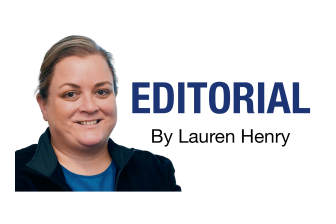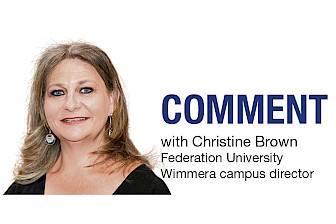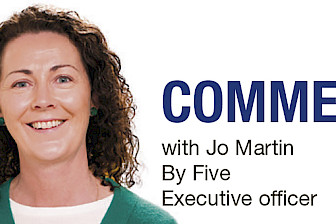To coin an expression, ‘there’s lots of ways to skin a cat’, and growth beyond simple recovery in our region might or should involve going through all the ‘cat-skinning’ reference books we can find. In a word, we’re talking about ‘innovation’.
Project leaders behind the bush-food production idea are right in describing the exploration of Indigenous plants that have sustained people for thousands of years as commercial food crops as a ‘no brainer’.
In fact it is surprising, considering the international industry generated from Australian native sub-tropical macadamia nuts for example, that we haven’t seen considerably more large-scale research in this area.
We know other native plants and-or their seeds are nutrient rich and we can also make boutique beverages using wattle seeds. From what Barengi Gadjin Land Council is telling us, there are also plenty of other high-value plants in the mix.
Project leaders are also right, as with any exploratory venture involving new ideas or products, that there is a pressing need to protect ‘intellectual property’. In this case, it involves Wimmera-Mallee Wotjobaluk knowledge.
The other great aspects of the concept are that because it will most likely need a partnership with private landowners to develop in scale, it could, after working through necessary protocols and sensitivities, represent a bridge between cultures, farming and the environment.
The entire July 1, 2020 edition of The Weekly Advertiser is available online. READ IT HERE!






